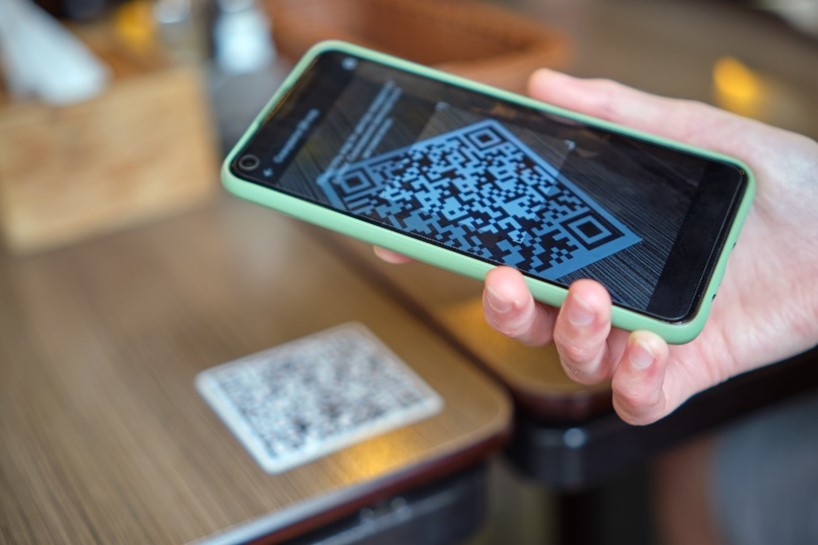QR codes are convenient and easy to use, but they also pose security risks if they are tampered with or created by malicious actors.
QR codes are two-dimensional barcodes that can store various types of information, such as URL links, contact details, payment information or app downloads.
By practicing QR code security, users can verify the authenticity and safety of QR codes before scanning them with a smartphone or other device.
“Quishing,” or QR code phishing, is a type of phishing attack that uses QR codes to trick users into visiting malicious websites or downloading malware. It is similar to other forms of phishing that use email, text messages or phone calls to lure victims into clicking on malicious links or attachments.
Quishing can be used to steal personal or financial information, infect devices with viruses or ransomware, or perform other fraudulent or harmful actions.
How to avoid QR code scams:
- Be cautious of QR codes that are displayed in public places, such as on posters, flyers, billboards or stickers. They may have been replaced or altered by hackers.
- Do not scan QR codes that are sent via an unsolicited email, text message or social media. They may be part of a phishing campaign.
- Use a QR code scanner app that has security features, such as checking the URL of the QR code before opening it or warning the user of suspicious or malicious websites.
- Verify the source and legitimacy of the QR code before scanning it. For example, if the QR code is supposed to direct to a company’s website, make sure that the URL matches the official domain name of the company.

You suggested using a QR code scanner app that has security features. Are they any that you recommend?